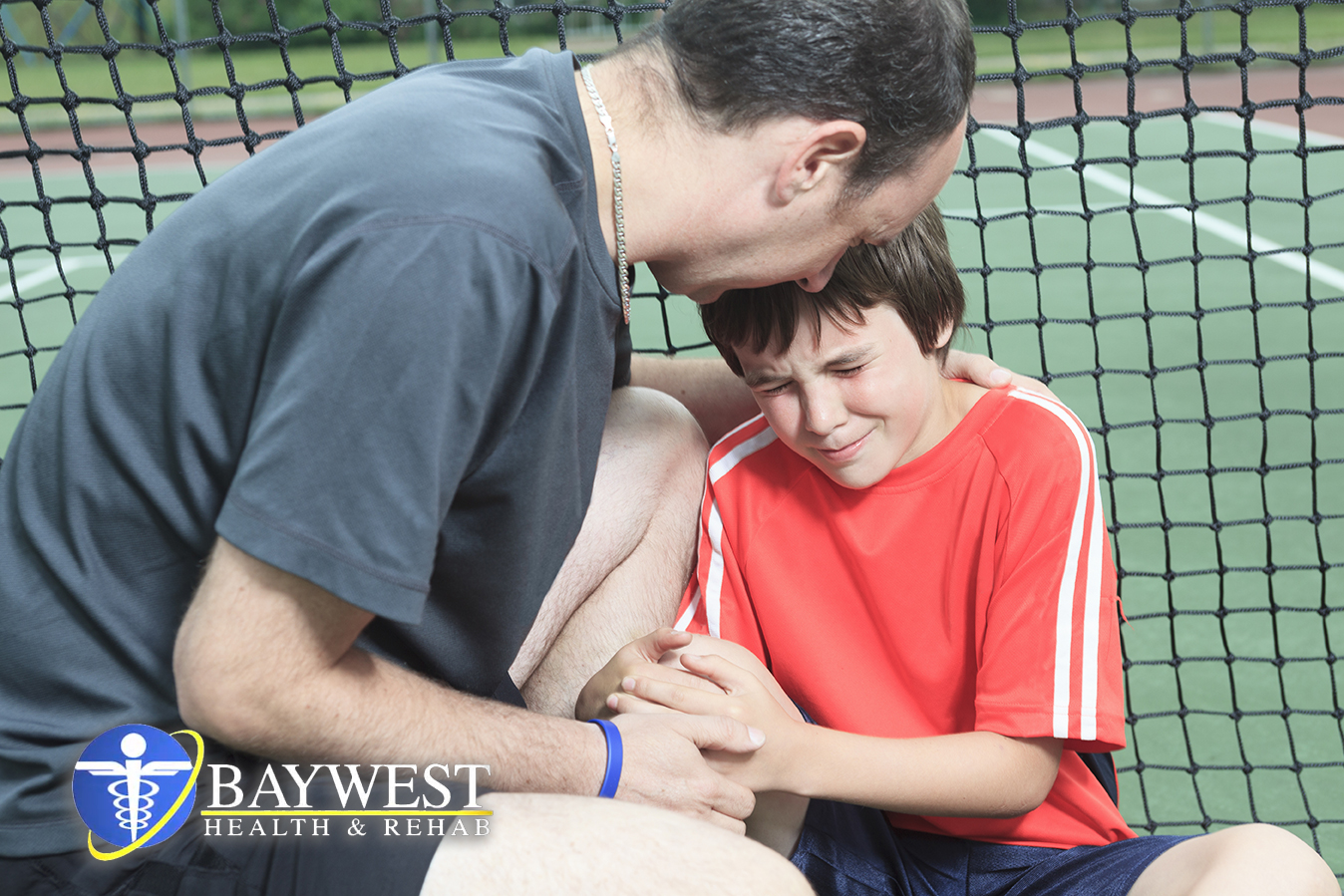 The psychology research of harm is an exceptionally pertinent theme to games prescription experts since we to a great extent work with wounds. Despite the fact that we make our professions out of peopling through damage, our patients likely have an entirely different association with harm. To them damage is destroying, and we must help them come back to action.
The psychology research of harm is an exceptionally pertinent theme to games prescription experts since we to a great extent work with wounds. Despite the fact that we make our professions out of peopling through damage, our patients likely have an entirely different association with harm. To them damage is destroying, and we must help them come back to action.
Here are four key thoughts from the brain science of harm to help you control patients through the damage continuum of care:
1. Reasons
Trust it or not, there are contributing components, or reasons, why individuals get harmed. A few reasons are mental in nature and have been appeared to improve the probability of harm.
Stretch and uneasiness can be key supporters to harm chance. Consider it: in the event that you are a man encountering a lot of push and nervousness, the reasonable result is one of, or a mix of, two things:
- Your body will encounter physiological strain, which improves the probability of harm.
- You’re diverted by stretch, so your emphasis isn’t 100% on the physical undertaking.
All things considered, it is critical to help our competitors diminish stretch and strain emphatically.
2. Response
Tragically damage is conceivable regardless of the possibility that we diminish push and uneasiness in our lives. Singular responses to harm vary contingent upon an assortment of reasons:
- Mental The people level of tension changes their response to harm.
- Monetary Concerns over cash can impact a response.
- Social If their exclusive social support is through game, a man can battle.
- Strategic Time of harm and whether it is a rehash damage changes a reaction.
There can be numerous different components. Not everybody will respond to harm similarly; subsequently, it is essential to remember these distinctive factors.
3. Restoration
Similar factors that impact singular responses to harm additionally impact their way to deal with recovery. A key mediation is finding what persuades the competitor and adjusting to it.
Recovery can be a pound. Now and then the competitor will feel it and different times they wont. Our employment as experts is not just to give direction on the physical part of recovery, additionally to serve as the team promoter, mentor, or military instructor. You have to figure out how to keep the competitor occupied with the procedure discovering their inspiration is basic!
4. Return
Because a competitor shows up physically prepared to come back to play, and is physically cleared to do as such by a doctor, they are not out of the forested areas yet. Actually, there are stories of competitors wavering to return because of uneasiness, low certainty, and dread of re-damage. We ought to know about this reality and open up an approving, compassionate discourse with these competitors to examine what may keep them down. This is regularly a suitable time to allude them to a game analyst to unravel their mental imperviousness to returning.
Harm is frequently a staggering time for competitors as they can be overwhelmed by feeling, physical agony, and calculated disappointments. As social insurance experts, we are all around adjusted to be a reference point of light amid this season of murkiness. By comprehension these key thoughts regarding the brain research of damage, we can coordinate where a competitor is on the harm continuum and help them through the procedure.
